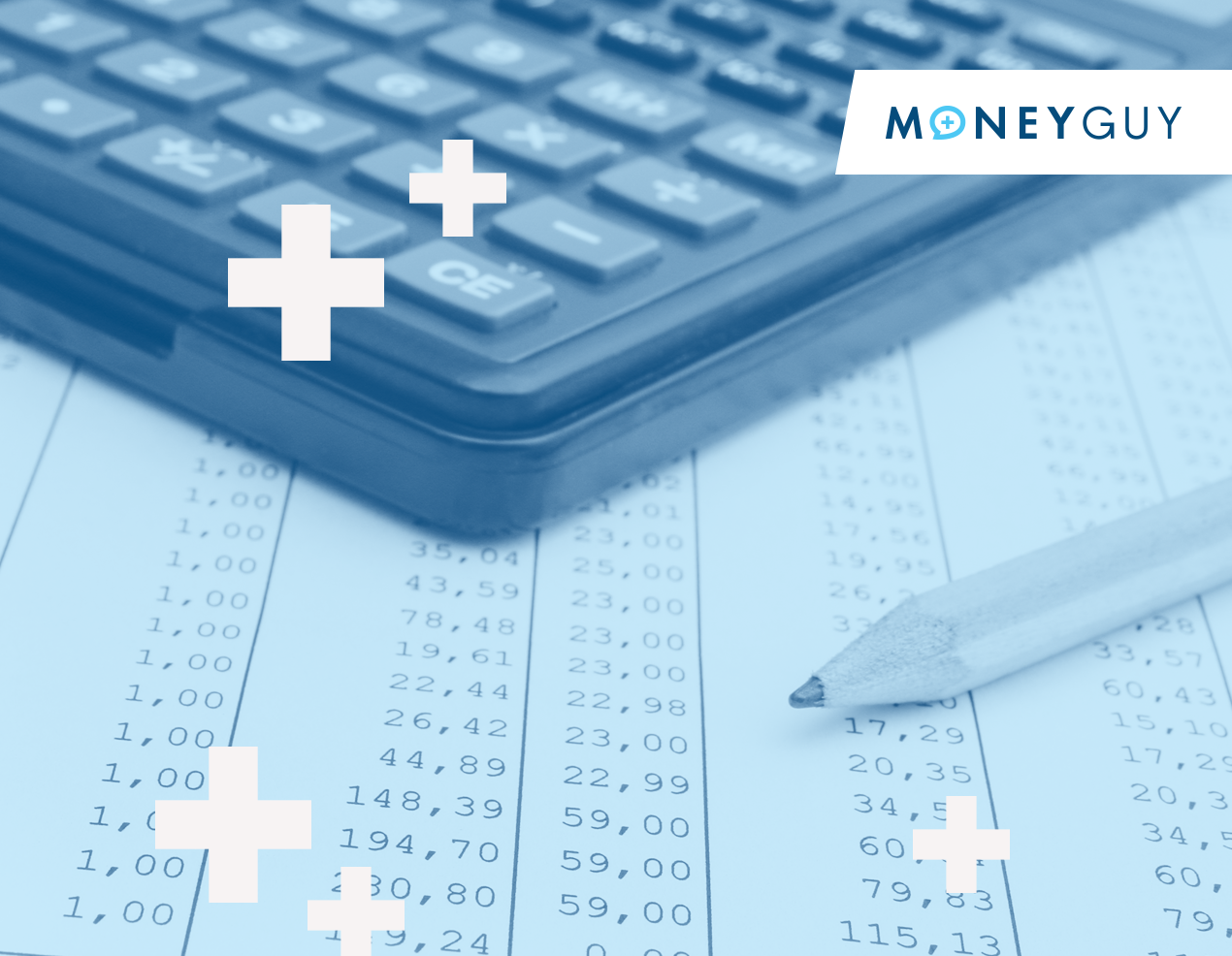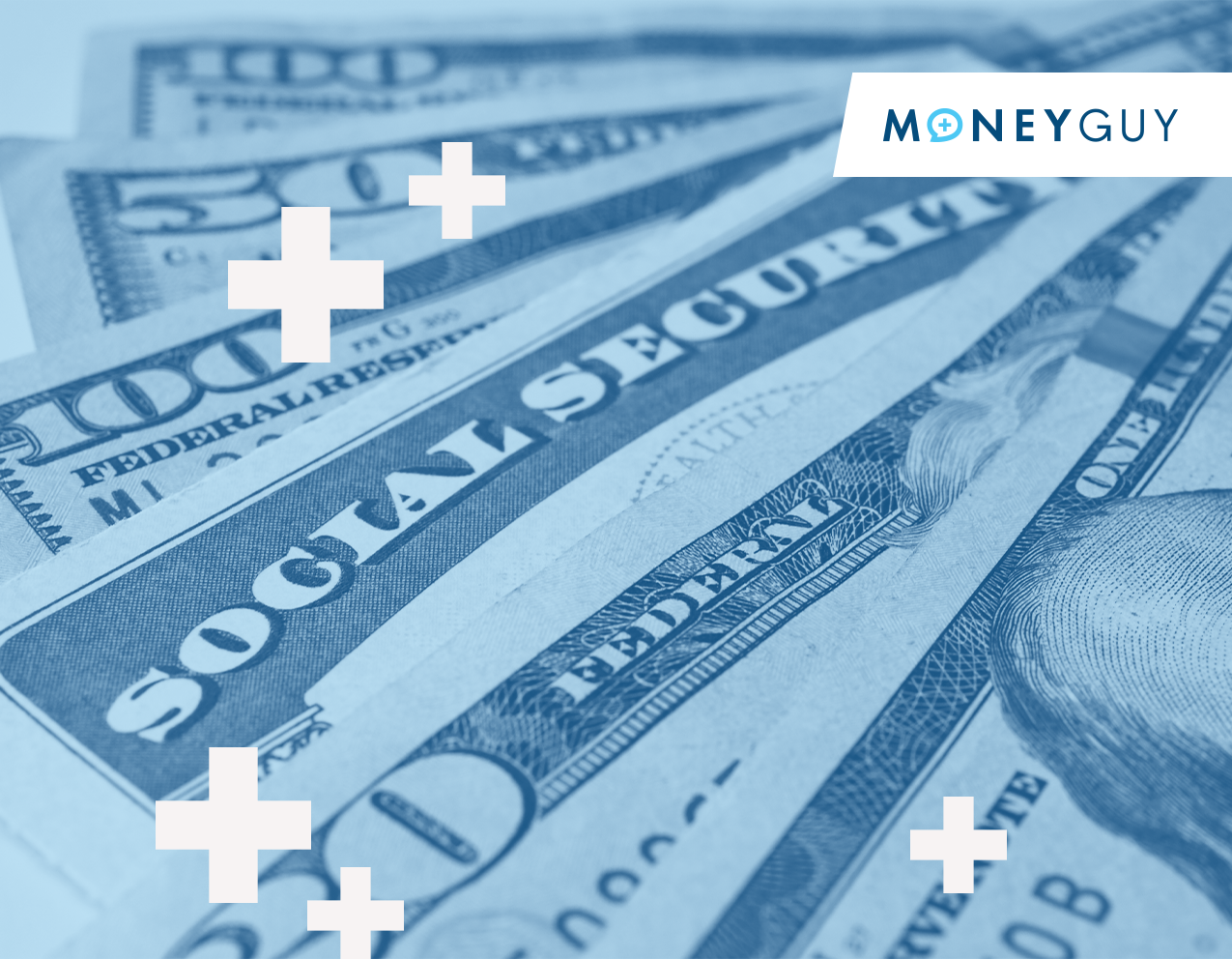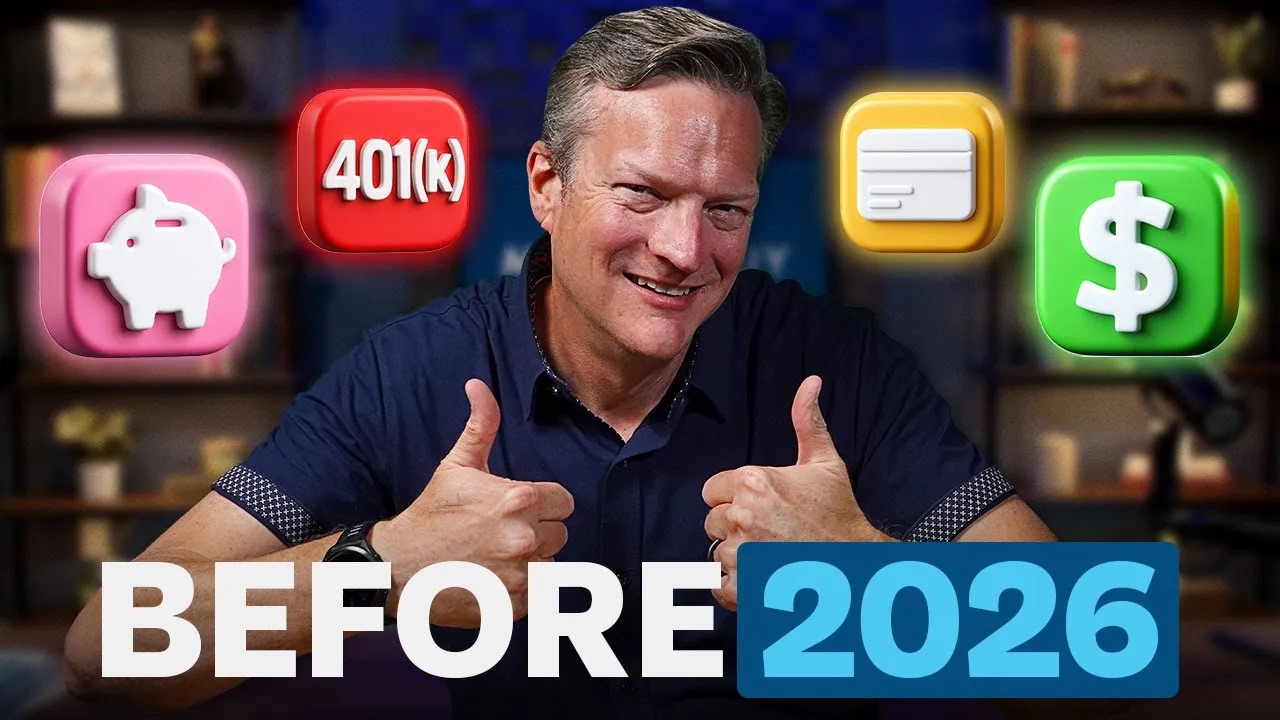First up, we've got a question from Osan 1995, and it's about dollar cost averaging versus lump sum investing. You know what to do. He says, "If I'm going to be close to the Roth IRA limit, and I'm waiting until 2024 for 2023 Roth IRA contributions, should I just dollar cost average from January to April, or should I lump sum it?"
Well, do you have a thought on this? I mean, I've got a thought on this. Oh, look, I know how because Bo and I deal with this, it's hard to unwind contributions. I mean, it's possible. We've helped clients with it, but if you are close to... I think that's probably a caveat we could have given on today's show, is that if you are worried that you're going to exceed the funding contribution limits, then to go and do direct contributions into a Roth, you might want to wait until year-end to see if you fall under. Now, look, if you're one of those people that you just know you're probably more than likely going to be over, there is an opportunity. You've gone through the checklist, you don't have other IRA assets, and you can do a backdoor Roth conversion strategy, then maybe you do want to dollar cost average that. But if you're close and you want to do a direct contribution, I'd probably wait until I got the all-clear on your numbers. Yeah. And I think it's easier now, maybe, than it has been historically because even if you're just banking up cash, right, the number was $6,500, that's like $520 something, something like that a month. Maybe you know that you want to fund your Roth, but you don't have enough that you're going to be able to fund more than your Roth. There's nothing wrong with allowing that to accrue in cash, earning like 5% right now. So even though it's a little short-term between the months of April and December, you can still earn a really healthy return on that just on your cash holding right now. So that when we do get in the new year, then you can fund your Roth, or you can do the backdoor Roth, depending on where your income is. Because even if you're doing the conversion strategy, in order for it not to be taxable, you'd have to convert on a monthly basis, which, because you want to get into earnings and that kind of stuff, it makes it probably a little more cumbersome. 5% is a pretty great rate of return right now on cash holdings. Well, you also draw attention to the point, I love that Vanguard study. But one of the things because I think people get caught up in lump sum versus dollar cost averaging, they shared, you know, we know we shared in our recent study, it's only a 2% spread if you look from 1976 to 2022. But even in their fine print, it says they assume the uninvested imbalance didn't earn anything. Well, we know we live in a unique time right now where interest rates are, and you can get over 5% on your cash. That's going to mitigate that spread even more. So that's one more in the pros versus cons column of I'd want to make sure that I didn't create a tax issue for myself. So I'd probably wait until I got everything aligned. It's one of those "measure twice, cut once" situations. So let's make sure you can do the Roth contribution cleanly. Love it. For more information, check out our
free resources.













